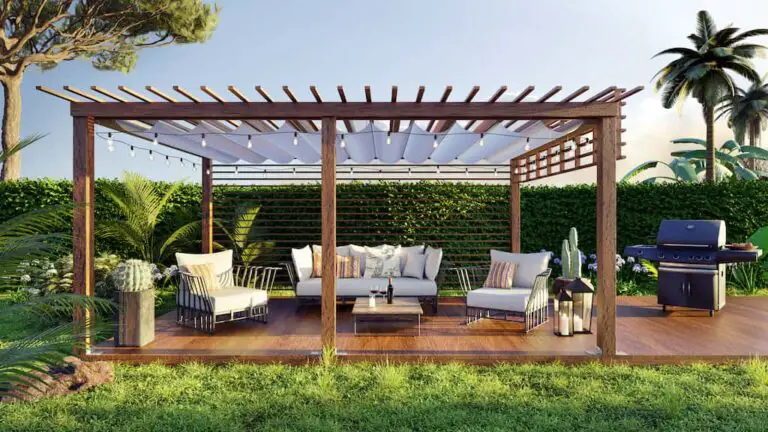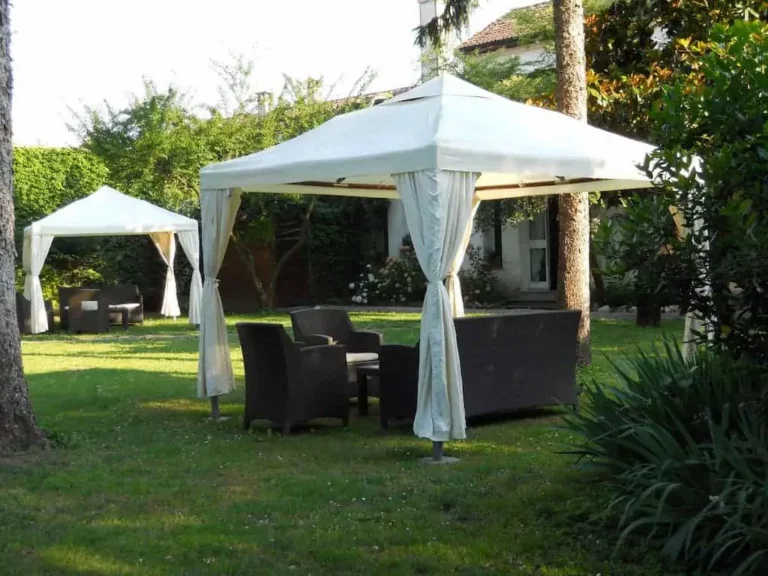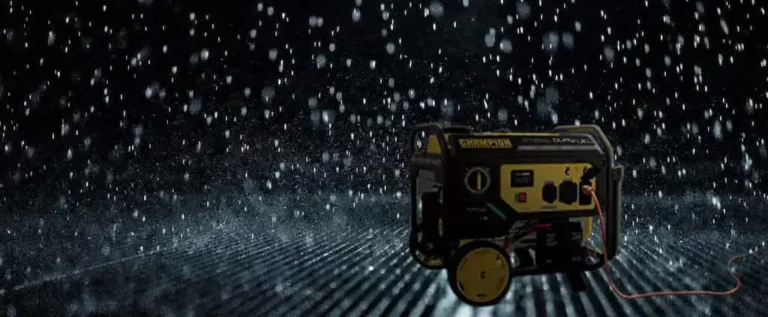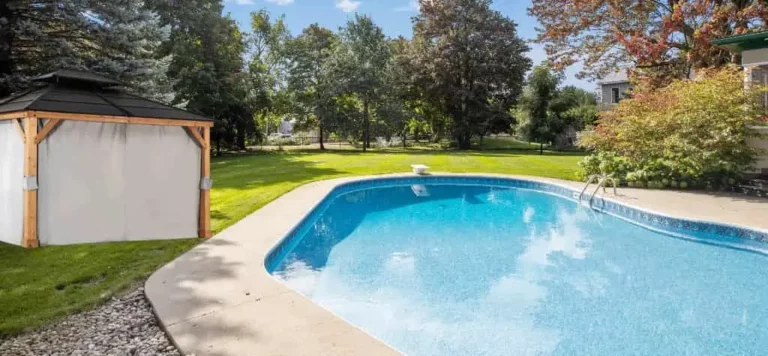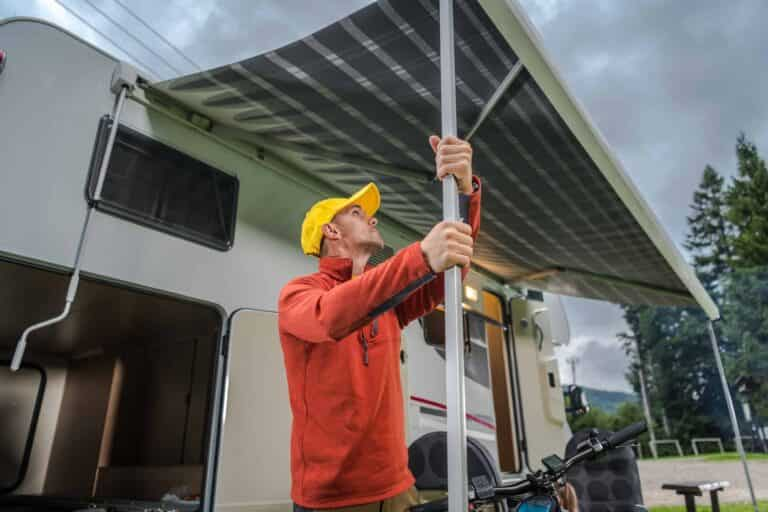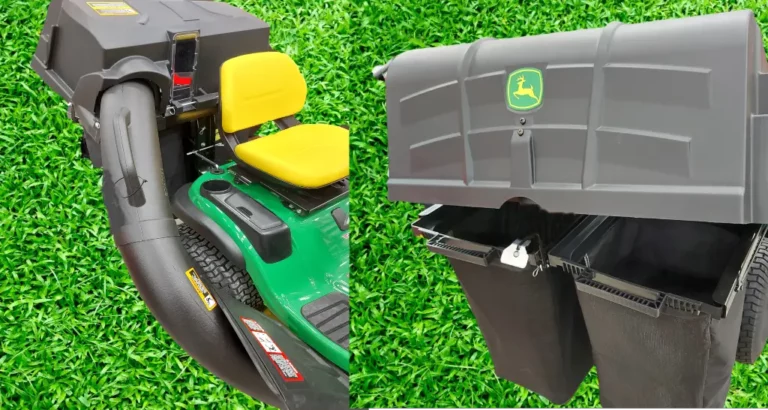Best Season for Sprinkler Line Installation
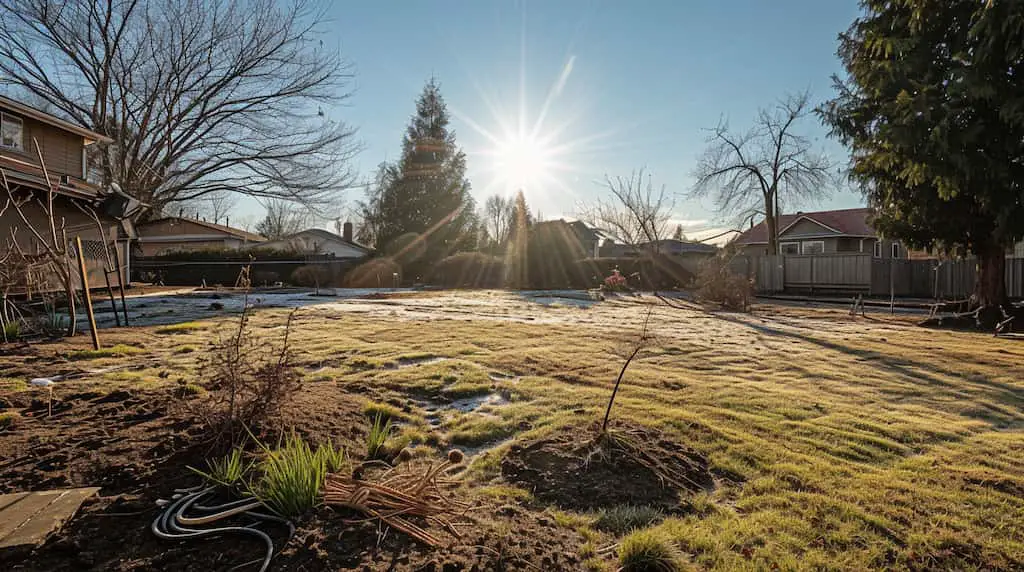
When considering installing a new sprinkler system for your lawn, avoiding the cold winter months is best. Winter brings challenges such as frozen ground that makes installation difficult and the risk of pipe bursts, which can lead to costly repairs. Instead, spring and fall are the more favorable seasons to undertake this project.
These seasons offer better digging conditions and ensure the safety and efficiency of the installation. The timing of the installation is crucial as it can significantly impact the health of your lawn and the longevity of your sprinkler system. So, why are spring and fall considered the optimal times for sprinkler line installation? Let’s explore the factors that make these seasons stand out.
In spring and fall, the weather is more moderate, providing ideal conditions for digging and installation. The ground is not frozen like in winter, making digging trenches for the sprinkler lines easier. Additionally, spring and fall offer a balance between moisture levels and temperature, promoting healthy grass growth. This ensures that your lawn receives hydration from the sprinkler system.
Furthermore, spring and fall are seasons of transition for your lawn. In spring, your lawn is recovering from winter dormancy and preparing for the active growing season. Installing a sprinkler system during this time can give your lawn an early boost of hydration, helping it thrive as the weather warms up. Similarly, fall is when your lawn is winding down from the summer heat and preparing for winter dormancy. Installing a sprinkler system in the fall can help your lawn retain moisture and stay healthy before entering the dormant period.
Another advantage of installing a sprinkler system in spring or fall is the availability of professional installation services. These seasons are less busy for landscapers and irrigation professionals than the peak summer months. This means you are more likely to find a reputable installation crew with availability and flexibility in scheduling.
In conclusion, spring and fall are the best seasons for sprinkler line installation. These seasons provide optimal weather conditions, promote healthy lawn growth, and offer greater availability of professional installation services. By choosing the right season for your sprinkler system installation, you can ensure the health and longevity of your lawn while avoiding the challenges of winter.
Ideal Timing for Installation
Choosing the perfect time for sprinkler line installation is essential to ensure a smooth process and the vitality of your lawn. It would be best to determine the optimal timing to avoid unnecessary complications.
The ideal seasons for installing your sprinkler system are spring and fall. Why? These seasons offer moderate weather conditions just right for a seamless installation.
Spring is an excellent time because you’re preparing your lawn for the growing season. It’s when your grass is rejuvenating and can greatly benefit from a consistent watering schedule provided by a sprinkler system.
On the other hand, fall is also an ideal time for installation. The weather is cool, and the ground is soft, making digging and laying down pipes easier without causing excessive stress to your lawn.
It’s important to avoid winter for installation purposes. The frozen ground makes it challenging to work with, and the risk of freezing temperatures can jeopardize the integrity of your sprinkler system.
Prices pulled from the Amazon Product Advertising API on:
Product prices and availability are accurate as of the date/time indicated and are subject to change. Any price and availability information displayed on [relevant Amazon Site(s), as applicable] at the time of purchase will apply to the purchase of this product.
Avoiding Winter Challenges
Sprinkler line installation is best done during the spring and fall seasons. However, it’s important to understand why winter is challenging for this task.
One major challenge is the frozen ground. When the ground is frozen, it becomes much harder to dig, increasing the risk of injury for workers and complicating the installation process.
Additionally, snow cover adds another layer of difficulty by obscuring the work area and making navigation more challenging.
Freezing temperatures pose a significant threat to the sprinkler system itself. When water inside the pipes freezes and expands, it can easily cause pipes to burst. This leads to costly repairs for cracks or leaks, making winter an undesirable time for installation.
In addition to these challenges, the cost of labor and materials for a winter installation is higher. The difficulties of working with frozen ground and the potential for weather-related delays drive up the overall cost. As a result, installation prices tend to be higher during winter due to these added complexities.
Considering these factors, it’s clear that winter isn’t the optimal time to install a sprinkler system. Opting for a spring or fall installation can help avoid these winter challenges, ensuring a smoother and more cost-effective process.
Spring or Fall: The Best Choices
Spring and fall are excellent options for installing a sprinkler system, offering numerous advantages that make the process smoother and more cost-effective. These seasons are widely regarded as the optimal time for sprinkler system installation due to various factors.
In spring, the soil is softer and more manageable, making trenches for the sprinkler lines easier to dig without encountering significant difficulties. This season also allows for immediate irrigation benefits for your lawn, fostering lush and healthy growth throughout the warmer months.
On the other hand, fall presents its own set of advantages for installing a lawn irrigation system. The cooler temperatures reduce stress on the newly installed system and the workers involved in the installation process. Moreover, a sprinkler system installed in the fall prepares your lawn for the upcoming spring, ensuring it wakes up to an efficient watering system that supports its growth from the very beginning.
While the choice between spring and fall installations depends on various factors such as climate, lawn condition, and personal scheduling preferences, both seasons offer favorable conditions for sprinkler system installation. These seasons stand out as the top choices for homeowners seeking to enhance their lawn irrigation.
Benefits of Fall Installation
Installing your sprinkler system in the fall sets the stage for a lush, green lawn come spring. This season brings numerous benefits, making it the ideal time to install sprinkler systems.
Firstly, the cooler weather in fall makes the installation process more comfortable for the crew and reduces the risk of drought, safeguarding your lawn’s health. Additionally, the ground remains pliable, ensuring easier and quicker installation with minimal disruption to your lawn.
Fall installations give you ample time for adjustments and troubleshooting, guaranteeing your system’s optimal performance tailored to your lawn’s needs. This means that when the water-intensive months roll around, your lawn will be greener and healthier, thanks to the head start it got.
Moreover, scheduling your installation in the fall also means more availability and competitive pricing, as sprinkler installations are outside the peak season.
Choosing fall for your sprinkler system installation leverages the season’s benefits, ensuring a seamless process and a vibrant lawn ready to thrive in spring.
Spring Installation Advantages
Installing a sprinkler system in the spring offers numerous advantages, setting your lawn up for vibrant growth as the warmer weather arrives.
Unlike fall installation, which may save you money, spring installation ensures that your irrigation system is operational when your lawn needs it most, promoting a healthier and greener yard right from the start.
One of the key benefits of spring installation is the opportunity to prepare your lawn in advance, avoiding the rush and potential price hikes from manufacturers that occur in late winter. By installing your sprinkler system in the spring, you can address any issues before they become bigger problems during the growing season.
Furthermore, the thawed ground in spring makes digging and installing the necessary lines for your sprinkler system easier, resulting in a smoother installation process. This prepares your lawn for the season and sets it up for success.
Risks of Winter Installations
While installing an irrigation system during the spring can set the stage for lush growth, it’s important to know the challenges and risks associated with winter installations. Opting for a winter installation may appear a time-efficient choice, but it has potential pitfalls.
The frozen and compacted ground makes digging for underground pipes difficult, more time-consuming, and hazardous.
Winter installations significantly increase the risk of damaging the irrigation system before it’s fully operational. Underground pipes are especially vulnerable to freezing temperatures, leading to cracks or leaks. This means that repairs or a complete system overhaul may be necessary shortly after installation, negating any perceived time or cost advantages.
Furthermore, the demanding conditions of winter result in increased labor costs and the need for additional materials. Workers face a higher risk of injury when digging in such challenging conditions, and the presence of snow adds an extra layer of hazard.
Ultimately, while installing during the winter may seem like a practical use of the off-season, the risks outweigh the benefits and can result in increased costs and headaches in the long run.
Preparing for Professional Installation
Before scheduling a professional installation for your sprinkler lines, evaluating your lawn’s layout and water needs is important. Understanding these factors ensures that the irrigation system is tailored to meet the specific requirements of your garden, making it more efficient and effective.
Getting ready for professional installation starts with identifying the ideal time for the job. Typically, the best seasons are spring and fall, when the weather conditions favor excavation and setting up the system without the risk of damage caused by freezing temperatures.
When you’re ready to install a new lawn sprinkler, it’s crucial to clear the area of any debris or obstructions. This step helps the installation team work more efficiently and prevents potential harm to your property or the new system. Additionally, take note of any specific areas in your lawn that require extra attention, whether it be due to higher water requirements or a slope that affects water flow.
Maintenance Tips Post-Installation
After installing your sprinkler system, it’s important to maintain it to ensure its efficiency and longevity properly. Following a few maintenance tips after installation can keep your system running smoothly, ensuring your lawn stays green and healthy.
Regular maintenance is crucial. Begin by regularly checking for leaks or damaged components. Even the smallest leak can undermine the efficiency of your system and lead to unnecessary water usage.
Next, adjust your sprinkler heads to ensure proper coverage. This step prevents overspray onto pavements or under-watering areas, promoting even growth throughout your lawn. Pay attention to the significance of cleaning or replacing clogged nozzles and filters. A clogged system can disrupt water flow, impacting the health and appearance of your lawn.
Monitoring water usage is also vital. Adjust your watering schedule based on current weather conditions and seasonal needs to avoid over or under-watering.
Lastly, remember to winterize your system during colder months. This precaution prevents freezing and damage, protecting the longevity and functionality of your sprinkler system.
Frequently Asked Questions
Can a Sprinkler System Be Installed in the Winter?
Installing a sprinkler system during winter is not advisable due to the frozen ground and the potential risk of pipe bursts. Planning for installation in the fall or spring seasons is safer and more efficient when conditions are more favorable.
During winter, the ground becomes frozen, making digging trenches for the sprinkler system’s pipes difficult. The frozen soil can also cause pipes to become brittle and more susceptible to cracking or bursting, leading to costly repairs. Additionally, the freezing temperatures can hinder the proper sealing of connections and valves, increasing the likelihood of leaks.
In addition to the frozen ground, the weather conditions during winter can pose challenges for installing a sprinkler system. Inclement weather, such as snow or ice storms, can further impede installation and make workers unsafe. It is crucial to prioritize the installation team’s safety and ensure optimal working conditions.
By waiting until the fall or spring, when the ground is not frozen, you can avoid these potential issues and ensure a smoother installation process. The soil is more manageable for digging, and the milder temperatures allow for better sealing of connections and valves. It also provides ample time for the system to be tested and adjusted before the peak watering season begins.
Moreover, planning to install a sprinkler system in advance allows you to take advantage of any discounts or promotions sprinkler system companies offer during the off-peak seasons. Many companies offer incentives to encourage customers to schedule installations during non-peak times, saving you money in the long run.
When Should a Sprinkler System Be Installed?
If you’re considering installing a sprinkler system, choosing the right time of year is important to ensure a smooth process and minimize any potential damage. While many people opt for fall or spring for installation, let’s explore why these seasons are ideal and delve into some key considerations.
First, discuss the advantages of installing a sprinkler system in the fall or spring. The weather conditions are generally more favorable during these seasons, with mild temperatures and lower chances of extreme weather events. This provides an optimal environment for the installation process, as it reduces the risk of disruptions caused by harsh winter conditions or scorching summer heat.
Moreover, by installing a sprinkler system in the fall or spring, you can take advantage of the natural growth cycles of plants and lawns. Fall installation allows the system to be set up before winter, ensuring that your landscape receives the necessary hydration during the dormant period. On the other hand, spring installation ensures that your system is in place before the growing season begins, providing a consistent water supply for healthy and vibrant vegetation.
Additionally, it’s crucial to consider the potential challenges associated with installing a sprinkler system during other times of the year. Winter, for instance, poses several complications, including frozen ground and the risk of damage to pipes and components during installation. Similarly, summer installation may lead to difficulties due to the high demand for watering services and the strain it puts on irrigation professionals.
What Is the Best Time to Run the Sprinkler System?
The optimal time to operate your sprinkler system is early morning, typically between 4 am and 6 am. This timeframe reduces water loss due to evaporation and helps prevent the development of lawn diseases by avoiding prolonged moisture on the grass overnight.
Running the sprinkler system during these early hours minimizes the amount of water that evaporates into the air, ensuring that more of it reaches the roots of your plants and provides the nourishment they need. Additionally, this practice helps to conserve water, which is especially crucial in regions that experience drought conditions or have water restrictions in place.
By scheduling your sprinkler system to run in the early morning, you can also avoid the issue of excessive moisture on your lawn overnight. This is important because extended periods of moisture can create an environment conducive to lawn disease growth, such as fungus or mold. By allowing the grass to dry out during the day, you can help prevent the development of these issues and maintain a healthy and vibrant lawn.
At What Temperature Do Sprinkler Pipes Freeze?
Sprinkler pipes freeze at temperatures below 32°F. It’s important to winterize your system to prevent damage. Insulating pipes and monitoring weather forecasts can help protect your sprinkler system from freezing and cracking.
Freezing temperatures pose a significant risk to sprinkler pipes. These pipes are vulnerable to freezing due to their exposure to the elements. When water inside the pipes freezes, it expands and puts pressure on the walls of the pipes. This pressure can cause the pipes to crack or burst, resulting in costly repairs.
To avoid this unfortunate scenario, it is crucial to winterize your sprinkler system. This process involves draining the water from the pipes and shutting off the water supply to the system. Removing the water eliminates the risk of freezing and protects your pipes from damage.
Insulating the pipes is another effective measure to prevent freezing. Pipe insulation acts as a barrier, providing extra protection against freezing temperatures. Insulation can be wrapped around the pipes to keep them warm and limit heat loss. This is especially important for pipes in exposed or vulnerable areas.
Monitoring weather forecasts can also help you stay ahead of freezing temperatures. You can take proactive steps to protect your sprinkler system by keeping an eye on the weather. If freezing temperatures are predicted, you can take immediate action, such as insulating the pipes or shutting off the water supply, to prevent freezing and potential damage.
Conclusion
When installing sprinkler lines, it’s best to avoid the winter season. Instead, consider opting for spring or fall. These seasons offer more favorable conditions and avoid the potential issues and damage of cold temperatures. Fall, in particular, provides cooler temperatures and allows for pre-winter preparation. On the other hand, spring brings optimal growing conditions for your lawn.
Texas Rainmakers is a reliable option for ensuring a smooth and professional installation. Regular maintenance is crucial to keep your sprinkler system running efficiently once it is in place. You’ll be rewarded with a healthy and vibrant lawn by installing your sprinkler lines in the right season and maintaining them properly.
Remember, this information isn’t just based on the author’s opinion. Facts and expertise support it. So, if you’re looking for the best time to install sprinkler lines, skip the winter and consider spring or fall. Your lawn will thank you for it.

